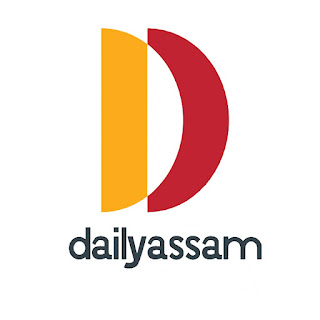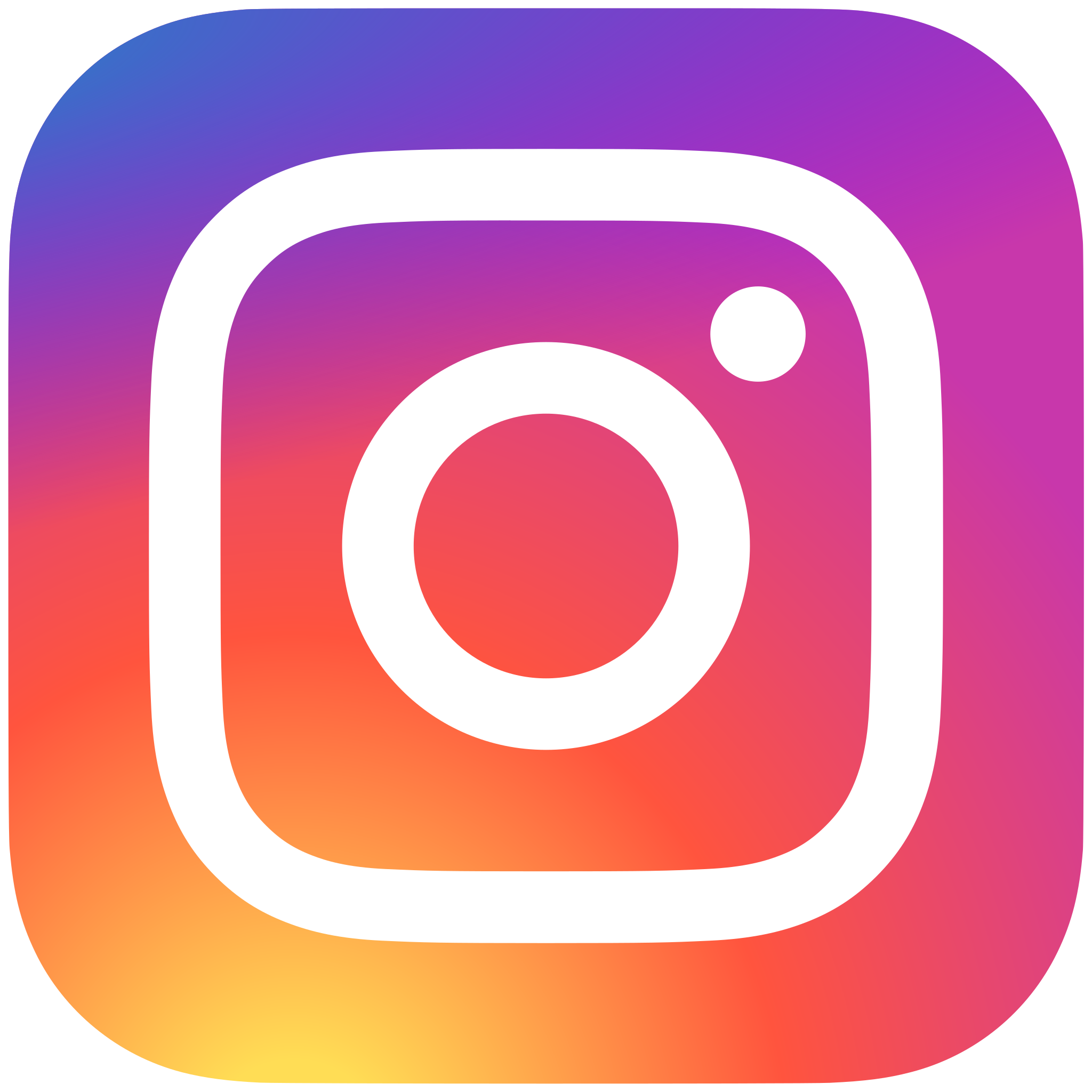Chapter 15
The light
1) Fill in the blanks-
(a) An image that cannot be found on the screen is called a spurious image .
(b) The images formed by a convex mirror are always equal in size to the object.
c) The image formed by a plane mirror is always equal in size to the object.
d) The image on the screen is called true .
e) The image formed by a concave lens cannot be found on the screen.
2. Write 'True' if the following statements are true and 'False' if they are false.
a) We can form a magnified and standing image by means of a convex mirror.
Answer: True.
b) Concave lenses form spurious images. (True\False)
Answer: True.
c) We can form true, magnified and inverted images with concave mirrors. (True\False)
Answer: True.
d) Honest, the image cannot be found on the screen. (True\False)
Answer: False.
E. A concave mirror always forms a true image. (True\False)
Answer: False.
3. Match the statements in column 1 with one or more statements in column
Column1 | Column2 |
|
a) It is done as a flat mirror. | 1) Used as a magnifying glass. |
|
b) A convex mirror | 2) Target images can be formed scattered over a large area |
|
C) A convex lens | 3. Used by dentists to see magnified images of teeth. |
|
D. A concave mirror | 4. The image is always inverted and magnified. |
|
E. A concave lens | 5) The image is vertical and equal in size to the target object. | |
6. The image is erect and constricted relative to the target | ||
4. Describe the image characteristics formed by a plane mirror.
Answer:-
5. Find those letters in the English alphabet or any other language alphabet you know that have no shape difference from the image formed by a plane mirror. Discuss your results.
Answer:-
6) What is meant by false reflection? Describe a situation in which a spurious image is formed .
Answer: An image formed in a plane mirror that cannot be cast on the screen is called a false image.
7. Write down two differences between convex and concave lenses.
Answer: Convex lenses can form true and inverted images.
Concave lenses, on the other hand, always form a vertical, distorted, and concave image relative to the object.
8. Write down one use for each of concave and convex mirrors.
Answer: Use of concave mirrors Concave mirrors are used by doctors to examine the eyes, ears, nose and throat.
9. What kind of mirror forms a true reflection?
Answer:-
10. What kind of lens always forms a false image?
Answer:-
Choose the correct answer to questions 11 to 13:
11. 11. Objects that are larger than the target and can form a false image are—
( a ) Concave lens b ) Concave mirror
( c ) Convex mirror ( d ) Plane mirror
12. David is observing his reflection in a flat mirror. The distance between the mirror and his reflection is 4 m. If he moves 1 m to the mirror goes forward , then the distance between David and his reflection will be
( a ) 3 m ( b ) 5 m
( c ) 6 m ( d ) 8 m
13. 13. The rearview mirror of a car is a flat mirror. A driver is reversing his car at a speed of 2 m/s. The driver saw in his rearview mirror the reflection of a truck parked behind him. The reflection of the truck will speed up the approach of the driver
(a) 1 m. / s . (b) 2 min. / s .
(c) 4 m. / s . (d) 8 m. / s .




